Tag: ultrasound

Neonatal Lung Ultrasonography
This book presents lung ultrasound as an accurate, reliable, low-cost and simple imaging technique, which poses no risk of radiation damage, making bedside use both feasible and convenient in neonatal wards. The aim of... read more
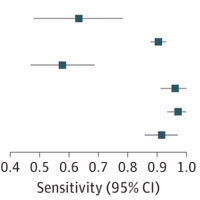
Diagnostic Accuracy of Point-of-Care Lung Ultrasonography and Chest Radiography in Adults With Symptoms Suggestive of ADHF
Standard tools used to diagnose pulmonary edema in acute decompensated heart failure (ADHF), including chest radiography (CXR), lack adequate sensitivity, which may delay appropriate diagnosis and treatment. Point-of-care... read more
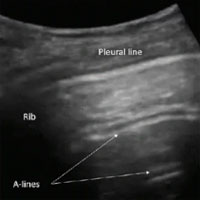
Ultrasound-based Clinical Profiles for Predicting the Risk of Intradialytic Hypotension in Critically Ill Patients on Intermittent Dialysis
In critically ill patients on intermittent hemodialysis, the absence of hypervolemia as assessed by lung and vena cava ultrasound predisposes to intradialytic hypotension and suggests alternative techniques of hemodialysis... read more
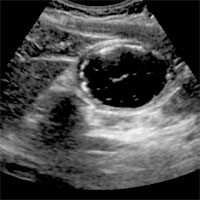
Ultrasound Assessment of Gastric Volume in Critically Ill Patients
Ultrasonographic measurement of antral CSA is feasible and reliable in the majority of critically ill patients. This technique could be useful to manage critically ill patients at risk of aspiration or with enteral feeding. Antral... read more
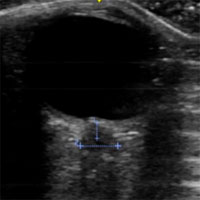
Idiopathic Intracranial Hypertension
A 22 year-old female with a medical history of migraines and obesity who presents to the Emergency Department with a headache. Her headache was gradual in onset, but has progressively worsened and has not been relieved... read more
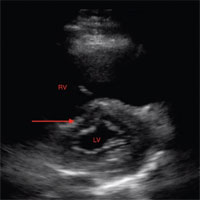
POCUS Is Not a Magic Bullet
A man in his 50s checked into our ED recently feeling weak, nauseated, and short of breath for two days. He had no significant medical history, and had previously been active and healthy. A fingerstick glucose at triage... read more
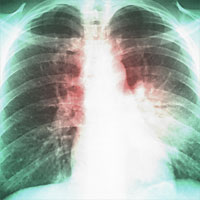
Diagnosis of Nonventilated Hospital-acquired Pneumonia
Nonventilated hospital-acquired pneumonia (NV-HAP) poses several barriers for diagnosis compared with VAP, and the available knowledge is limited. A call for further research in diagnosis of nonventilated HAP is urgent.... read more
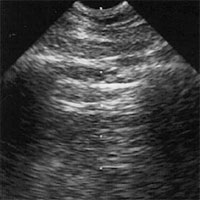
Clinical Assessment of Critically Ill Patients by Whole-body Ultrasonography
Critical care ultrasonography (CCUS) is increasingly advocated and used, and is defined as point-of-care image acquisition, interpretation and clinical application, all performed by the critical care clinician, and directed... read more
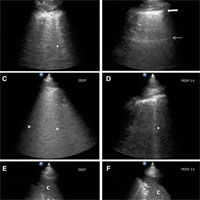
Ultrasound for Lung Monitoring of Ventilated Patients
In the intensive care unit, patient lung ultrasound provides accurate information on lung morphology with diagnostic and therapeutic relevance. It enables clinicians easy, rapid, and reliable evaluation of lung aeration and... read more
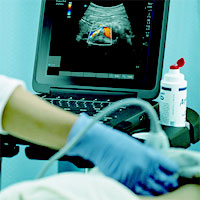
Top 10 Perioperative Applications of Point-of-Care Ultrasound for Anesthesiologists
Anesthesiologists have been leaders in the use of point-of-care (POC) ultrasound for intraoperative transesophageal echocardiography (TEE), and to guide vascular access and regional anesthesia procedures. Recently, anesthesiologists... read more

Catheter Type in Pulmonary Embolism Intervention
Catheter based interventions for pulmonary embolism is on the rise. The rise in mainly in patients who present with submassive PE. The intent of intervention is to reduce clot burden. This is done to improve acute symptoms... read more
What is the lowest change in cardiac output that transthoracic echocardiography can detect?
In critically ill patients, changes in the velocity-time integral (VTI) of the left ventricular outflow tract, measured by transthoracic echocardiography (TTE), are often used to non-invasively assess the response to fluid... read more
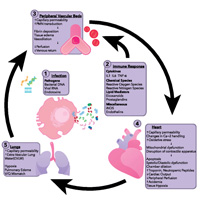
Pathophysiology, echocardiographic evaluation, biomarker findings, and prognostic implications of septic cardiomyopathy
As a result of conflicting data, echocardiographic measures of left ventricular (systolic or diastolic) or right ventricular function cannot currently provide reliable prognostic information in patients with sepsis. Natriuretic... read more
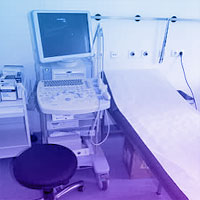
The Importance of Skeletal Muscle Ultrasound in Critical Care
With growing interest in understanding muscle atrophy and function in critically ill patients and survivors, ultrasound is emerging as a potentially powerful tool for skeletal muscle quantification. However, there are key... read more








